Getting a Grip on Grip Strength
By Malcolm | 15th April 2019 | General, Advice
How improving your grip can give you a helping hand in sport
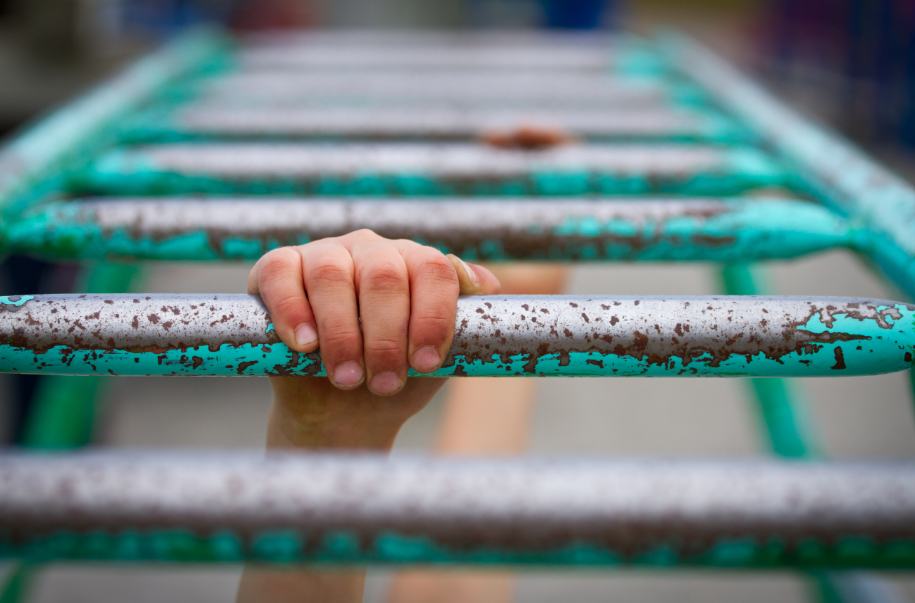
sportsinjuryfix.com director Mike James discusses the importance of grip strength for sport (and everyday life) and illustrates some ways to help improve it.
I remember being a young boy and meeting one of my friend’s grandfathers. He was a Farmer from deepest darkest West Wales and a relatively small man, but I immediately noticed the size of his forearms. Whilst still wondering why a man of this size would have such big forearms, I made the mistake of shaking his hand. I think its safe to say this was the moment I was introduced to the concept of grip strength.

This vice like crush of a handshake took me by complete surprise. No man had ever held my hand with such power and it fascinated me. To this day I always make a note of someone’s hand shake prowess.
As I grew and eventually became involved in the fitness and healthcare industries, I started to realise the importance of grip strength in both everyday activities and during sports performance.
The hand can be used to grip objects in many varying positions. These require different types of grip strength which are typically quantified based on the way the hand is being used.
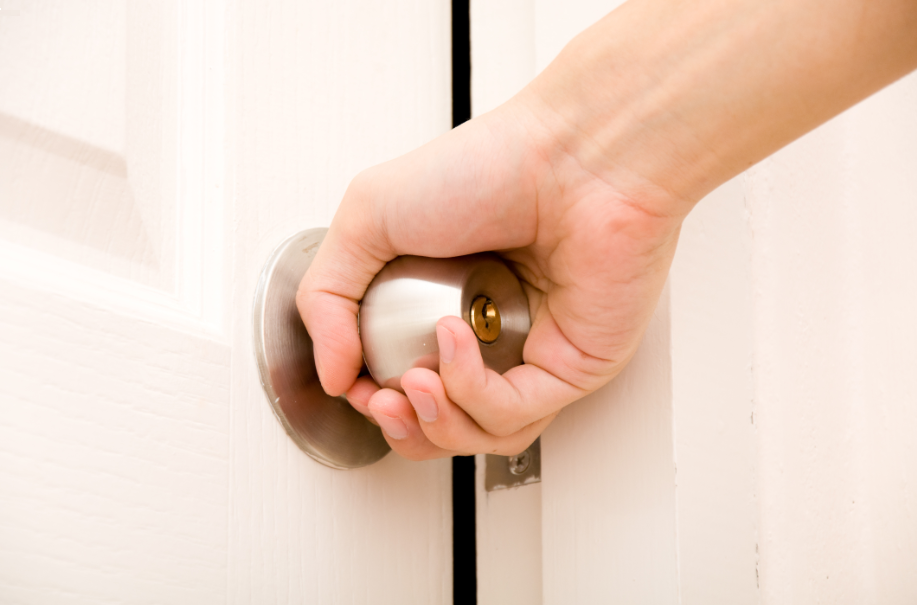
As humans, we have had the ability to undertake many tasks due to opposable thumbs, these allow us to grab, tear, manipulate and carry many differing shapes, objects and loads. When assessing maximal strength and power output, grip can play a critical role in neuromuscular activity and muscular contraction.
Most of us can recall the time we had to put down a heavy object when carrying it from the car or shop, not because we lacked the strength to carry it, but simply because we couldn’t maintain our grip. Many day to day activities such as opening doors, opening jars, and doing DIY also benefit from a strong grip.
In healthcare, we see evidence in epidemiological studies showing that weaker grip strength in later life is associated with disability, morbidity and mortality.
In the strength and conditioning world, effective grip strength is essential. Fry et al found a correlation between grip strength and performance in in junior men’s weightlifting, leading to the assumption that training to improve grip strength may be critical to athletic success in several sports.
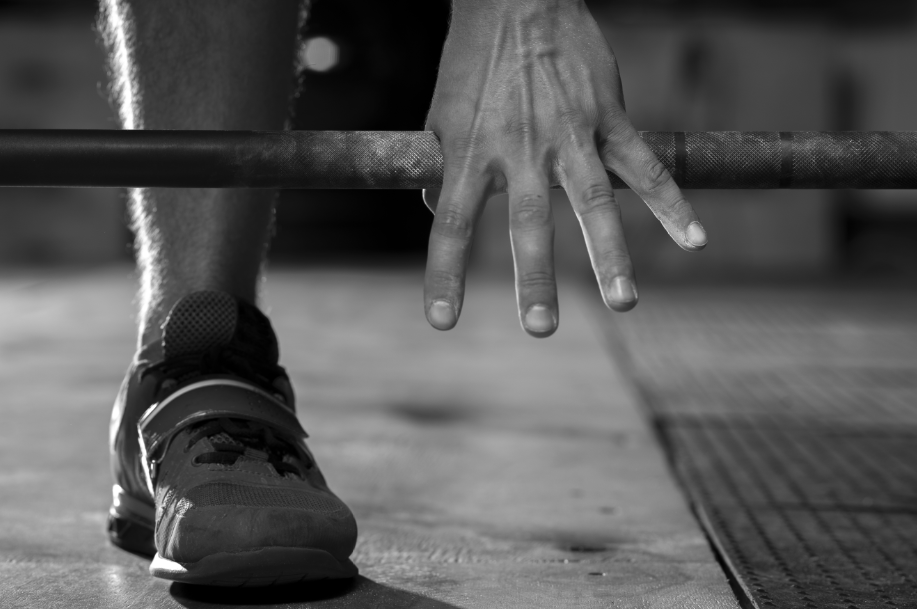
When we focus on major strength exercises that involve pulling, such as deadlifts, bent over rows and pull ups, then we see that success and performance is greatly dependent on grip strength. Likewise, sports that are directly affected by grip strength such as Obstacle racing, CrossFit, Power lifting and rugby as examples, can therefore directly benefit from an element of grip strength training.
However, Typically, athletes from these sports coupled with bodybuilders, and indeed power / strength athletes in general, are rarely asked how much they can grip. We associate strength with gross numbers such as the maximum amount of weight we can bench press or deadlift, the number of pull ups we can do or how much weight we can clean or snatch. When we analyse each of these movements it becomes apparent that all of these movements begin with the grip.
The potential improvements that can be achieved through increased grip strength include:
Improved Endurance – Improving grip strength can lead to increased endurance in movements such as pull-ups, distance walked with weight and muscles-ups, which are staple ingredients of most power and strength athletes training regimes.
Improved maximal load - Improving grip strength can lead to an athlete increasing their one repetition maximum. This in turn will contribute to improved global strength and performance.
Reduced Injury Risk – Many elbow and forearm injuries can potentially be attributed to deficits in grip strength. By increasing grip strength, it is a rational assumption to believe the risk of injury can be reduced.
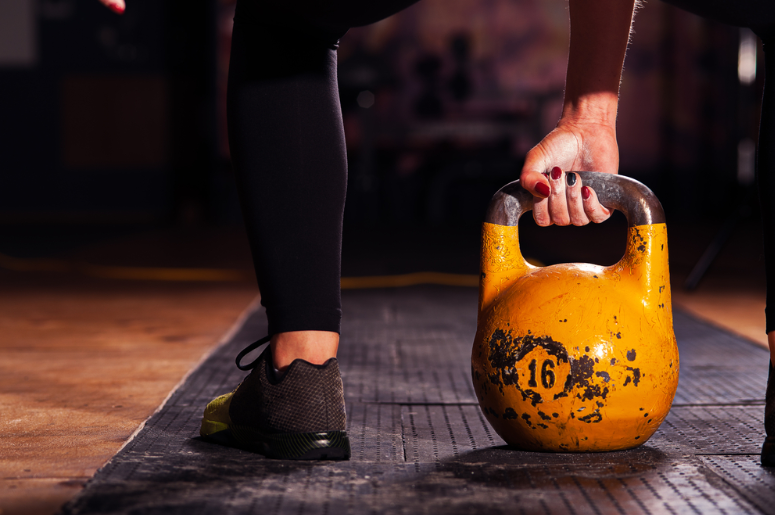
But how many people specifically train grip strength? Many will naturally break down the component parts of an exercise to improve accessory muscle strength and function, but often neglect the grip component. Whilst using equipment such as wrist straps may allow you to improve your lifting capacity and performance, they will not directly improve grip strength.
We have designed a series of exercises designed to improve grip strength. All can be incorporated into your existing training regimes or used 2-3 times a week as a stand-alone regime. Aim to perform them to form fatigue, the point where you have to start to cheat or deviate from the desired form to continue, alternatively you can simply start with 2-3 sets of a set number of repititions (higher to begin with) and reduce the number, increase the rsistance or make the exercise more difficult as you improve.
Farmers Carry
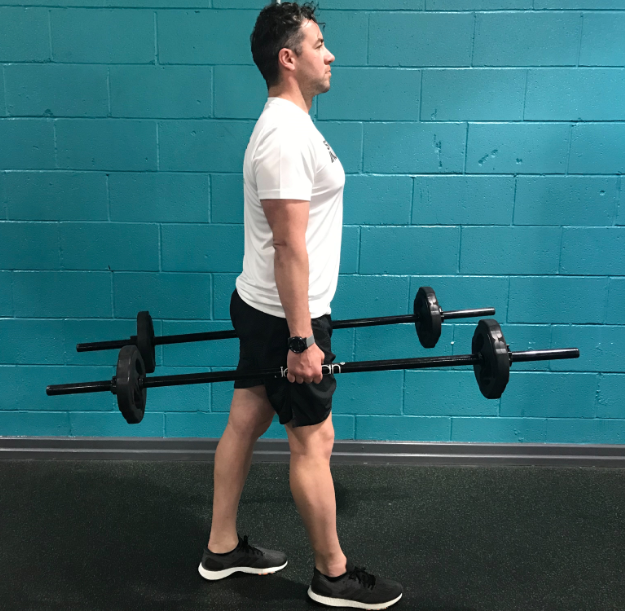
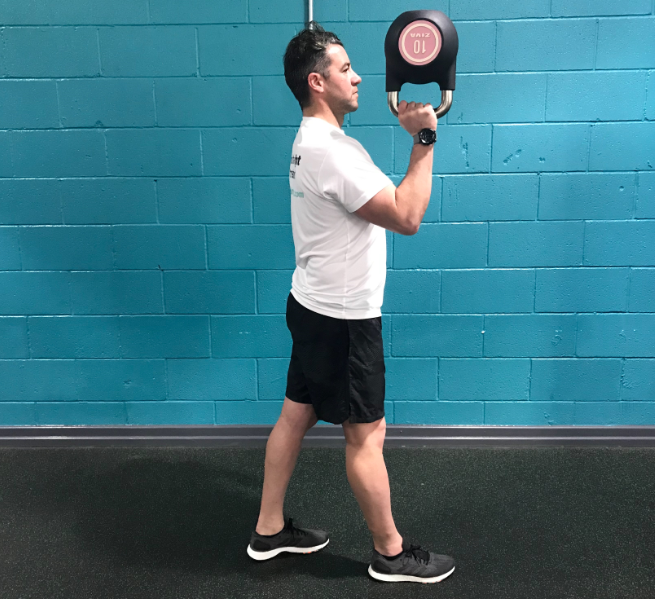
Any object can be used to produce a farmer carry, as long as its heavy enough! Simply lift an object in each hand and walk. The exercise works well with kettlebells or dumbbells. Alternatively, barbells +/- plates are an effective method. If unable to attend the gym, simply walking at home with weighted bags will be effective. Pick up the objects, one in each hand and then walk as far as you can, make this challenging, you shouldn’t be walking more than 5 – 20 metres before you start to feel the effects. Whilst predominantly being used to develop grip strength, these are also excellent for targeting legs, core and cardio strength. Make sure the environment is clear and free of hazards prior to starting!.
Plate Pinch
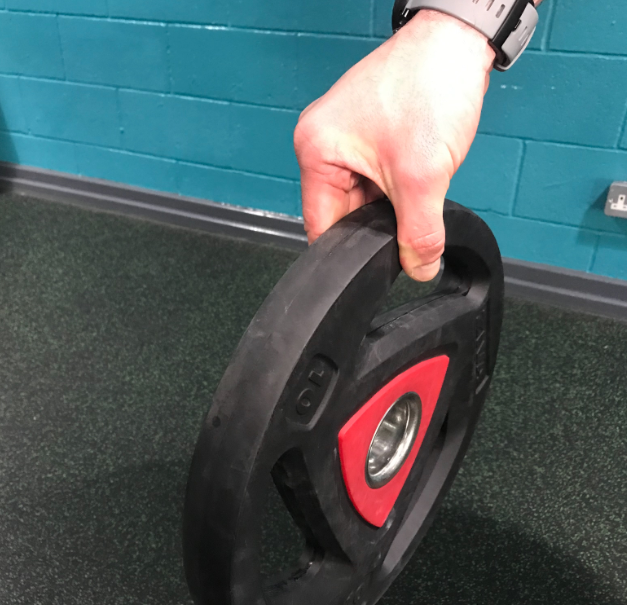
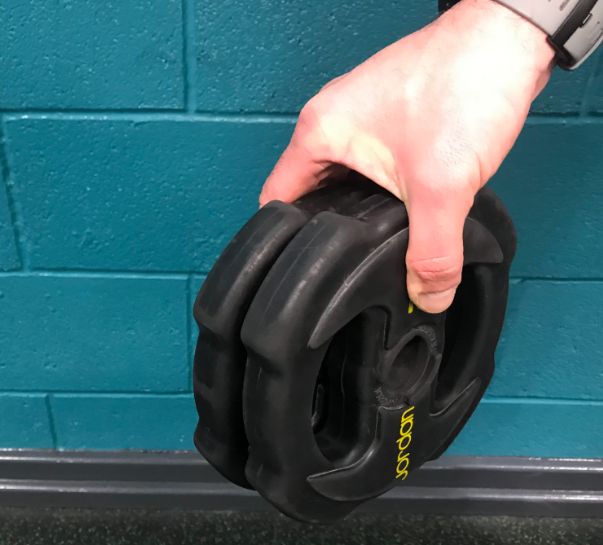
There are two effective ways to perform this exercise. Either hold two weight plates placed together and hold them down by your side by pinching them between your fingers and thumb (start out with two light plates and progress from there). Practice seeing how long you can hold them for before your pinch grip gives out. Alternatively, use a single larger plate and repeat. For variability you can do pinch plate squats / upright rows or shrugs.
Hand Squeeze / Crush

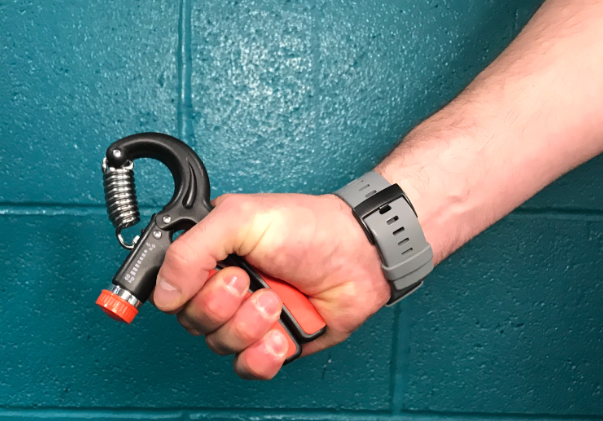
Using hand or torsion grippers is one of my favourite types of grip exercise and is one of the best ways to train your crush grip. Although traditionally associated with the 1970’s weight training and fitness boom and placed alongside the famed “bull worker” chest device, this device has truly stood the test of time. Now evolved to be a variable device with a range of resistance settings, aim to use a setting that makes the hand grippers challenging to close. Use both full range (open to closed) and static holds at different ranges for maximum effect.
Bar hangs
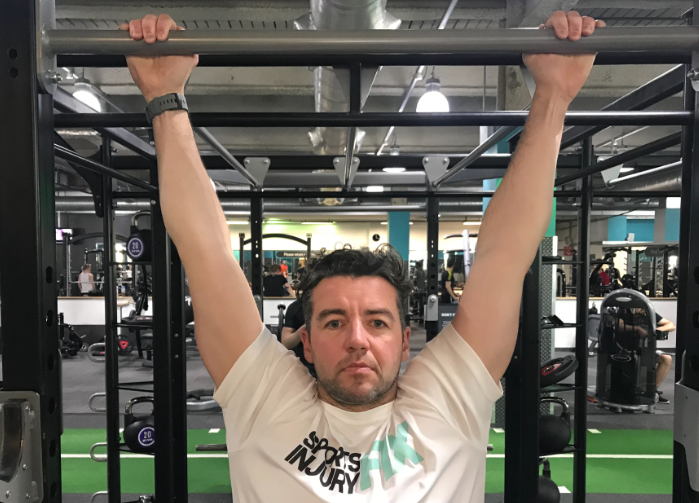
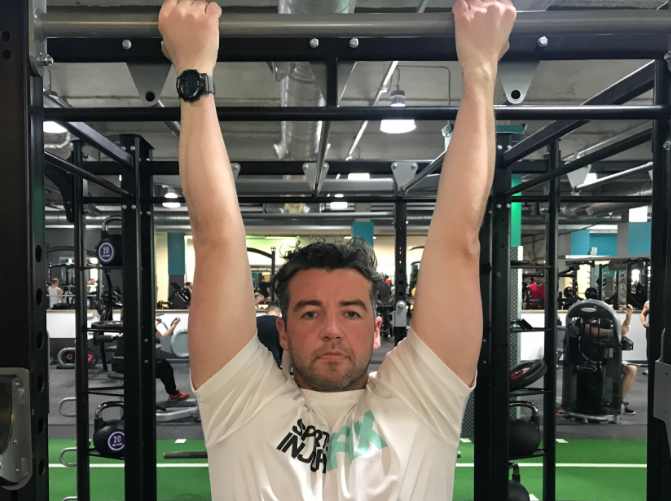
Perhaps the most simple and easy to perform of all our exercises. Horizontal (see suspension trainer below), and vertical hangs are an excellent way to improve grip strength. As your grip improves and the length of time you can hang for increases, consider adding resistance to increase difficulty. Make sure to use a variety of grips to maximise benefit.
Wrist Rope Curls
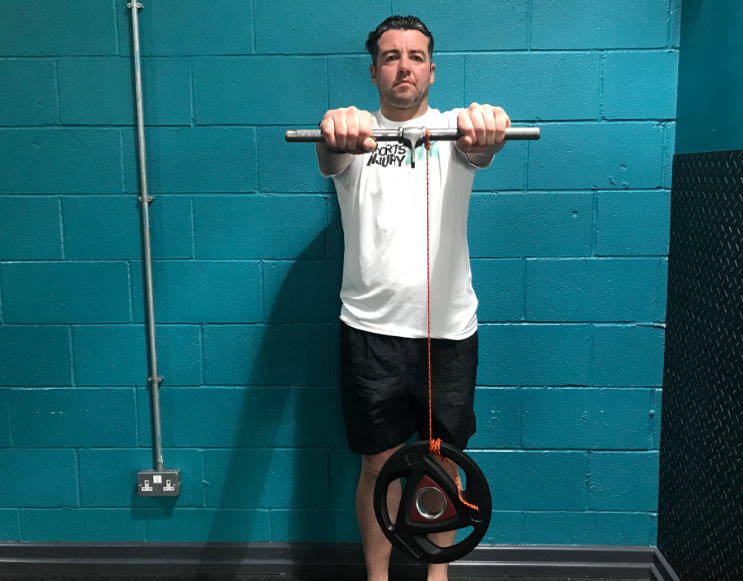
A great exercise for forearm strength and endurance. Holding the bar at arm’s length, use both arms to rotate the bar to lift the weight up by winding the rope up. When complete, carefully control the unwind to return to the start position.
Open grip Holds
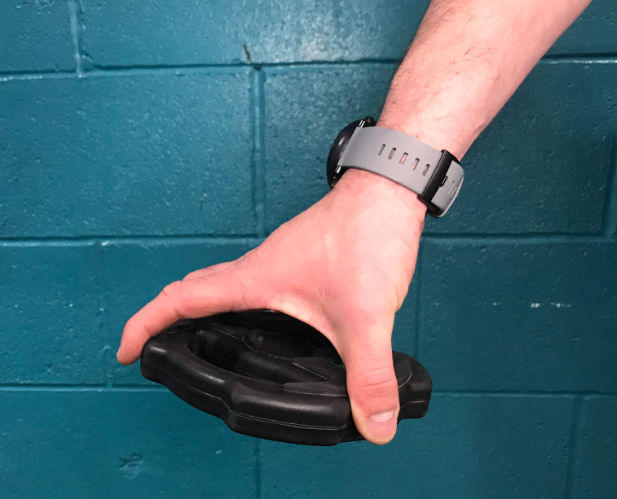
Another great way to challenge yourself is via the open grip, as the picture depicts, this can be acheived easily using any plate or object. If you have access to hex style dumbbells, then these are excellent for this exercise. Static holds or walks are a great way to use this exercise and can also be done
Ropes, Towels and Suspension Trainers
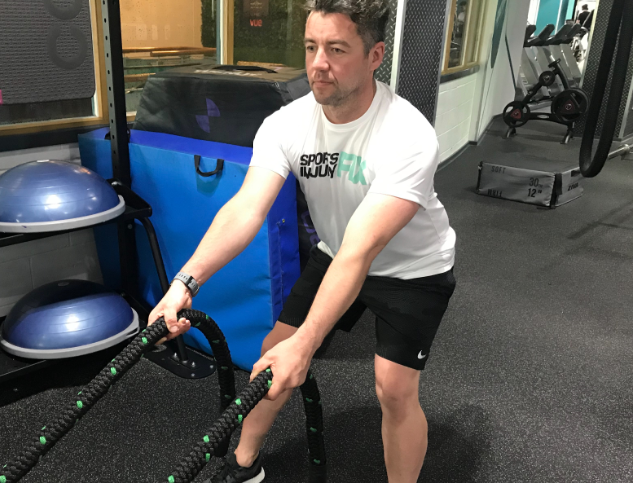
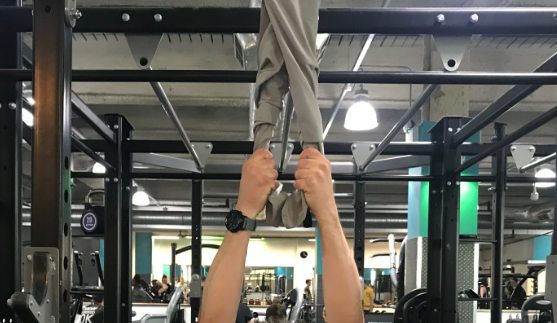
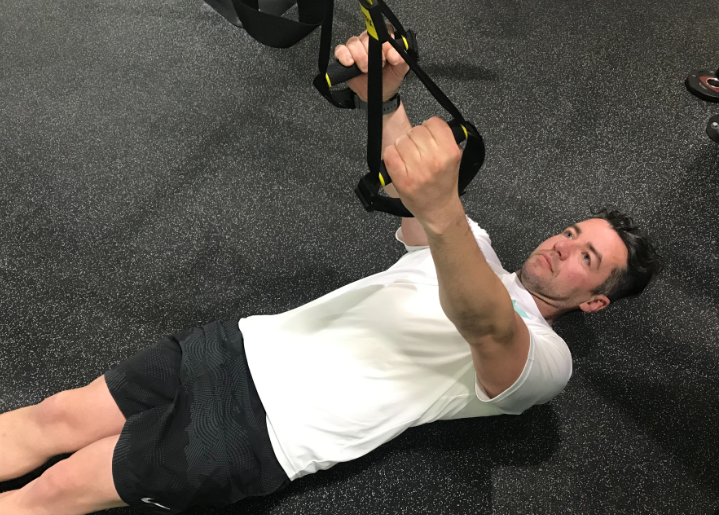
These are excellent for adapting exercises to help improve your grip. Whether performing exercises such as rope climbs, battle ropes or simply gripping and twisting ropes, then these can add another dimension to your grip training. If you are feeling especially adventurous, any version of inverted row or pull up using a towel or suspension trainer is a very challenging exercise.
Final Thoughts
Deficits in grip strength and endurance can be a nuisance for any lifter or athlete. If you feel that your performance is affected by your grip, then spending some time addressing this through these exercises may help. Should you experience any wrist, hand or forearm / elbow issues and want further assessment or treatment, visit sportsinjuryfix.com to find a therapist near you who specialises in these injuries and / or your sport.

sportinjuryfix.com will be hosting “The Treatment Room” at the Body Power Expo in the NEC Birmingham 8-10 May 2019. If you are visiting, please come and say hi to the team and get a consultation from our therapists.
